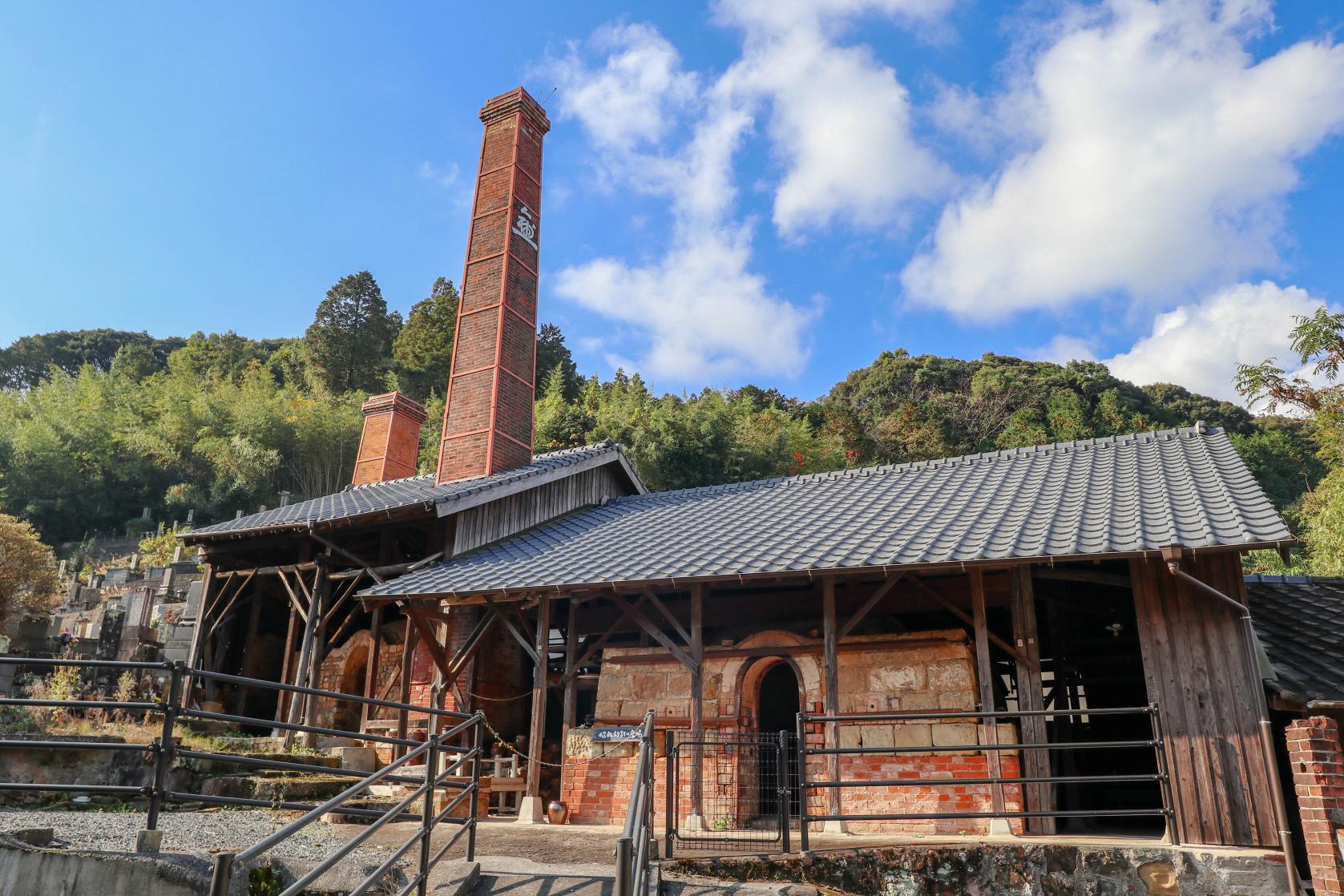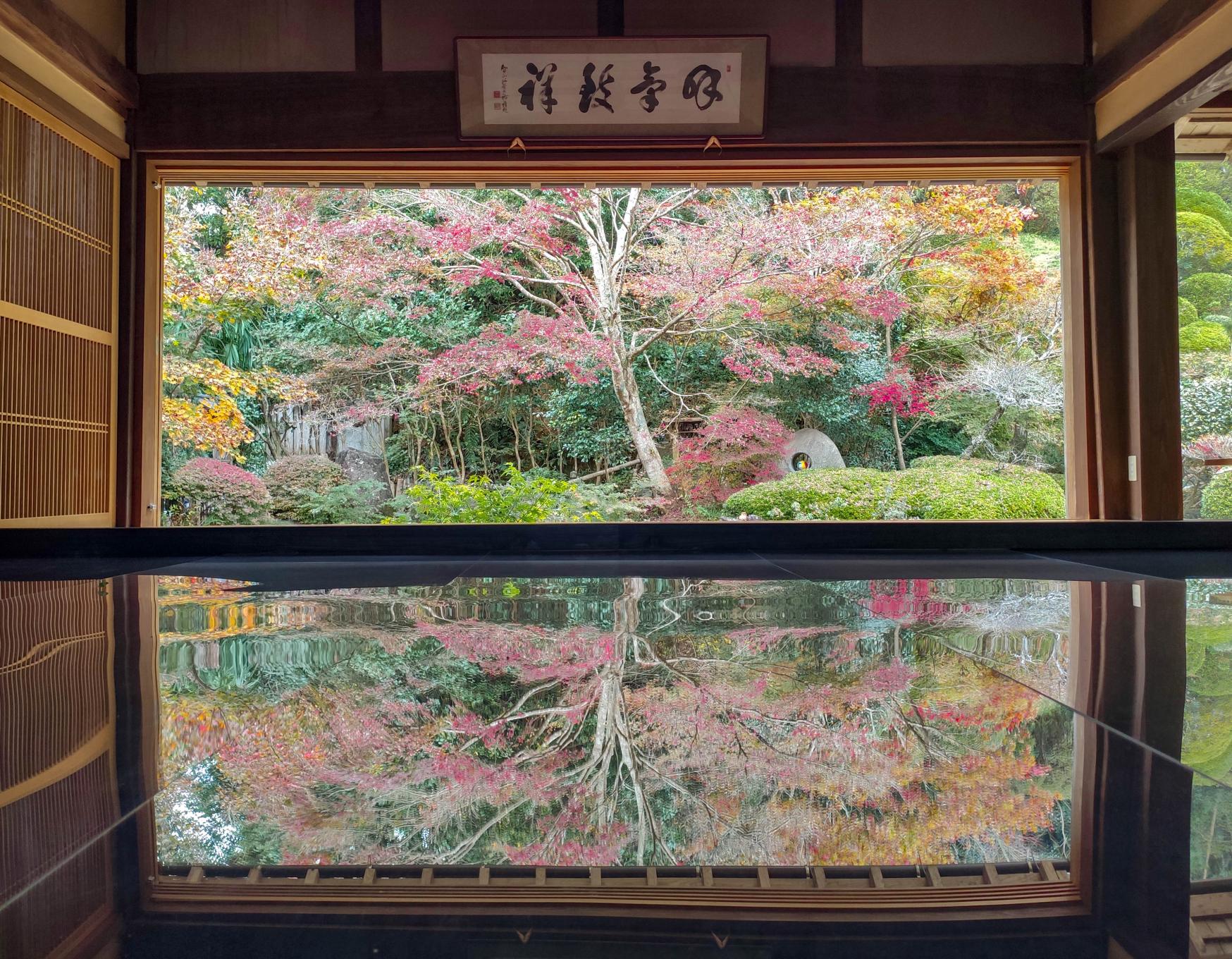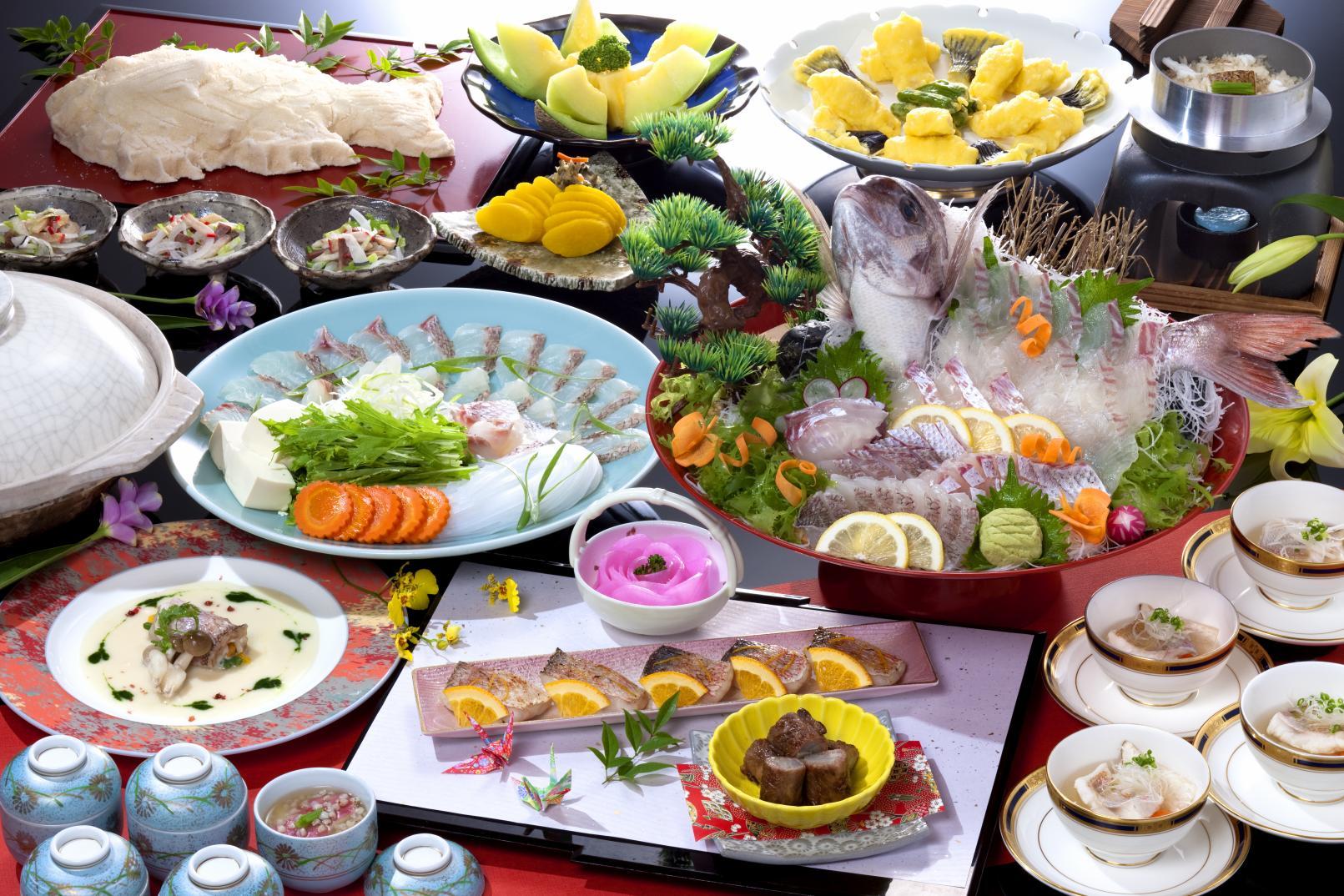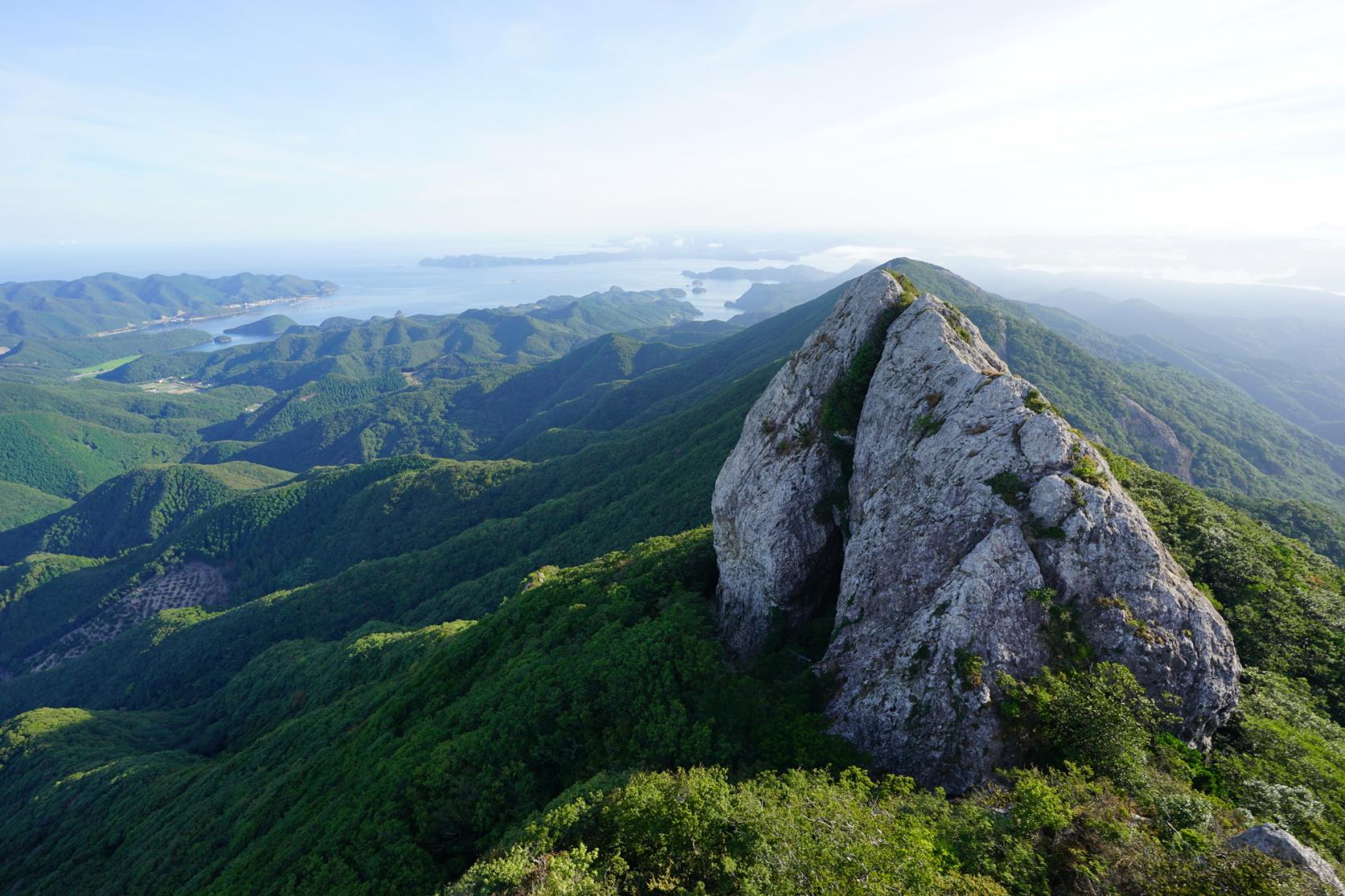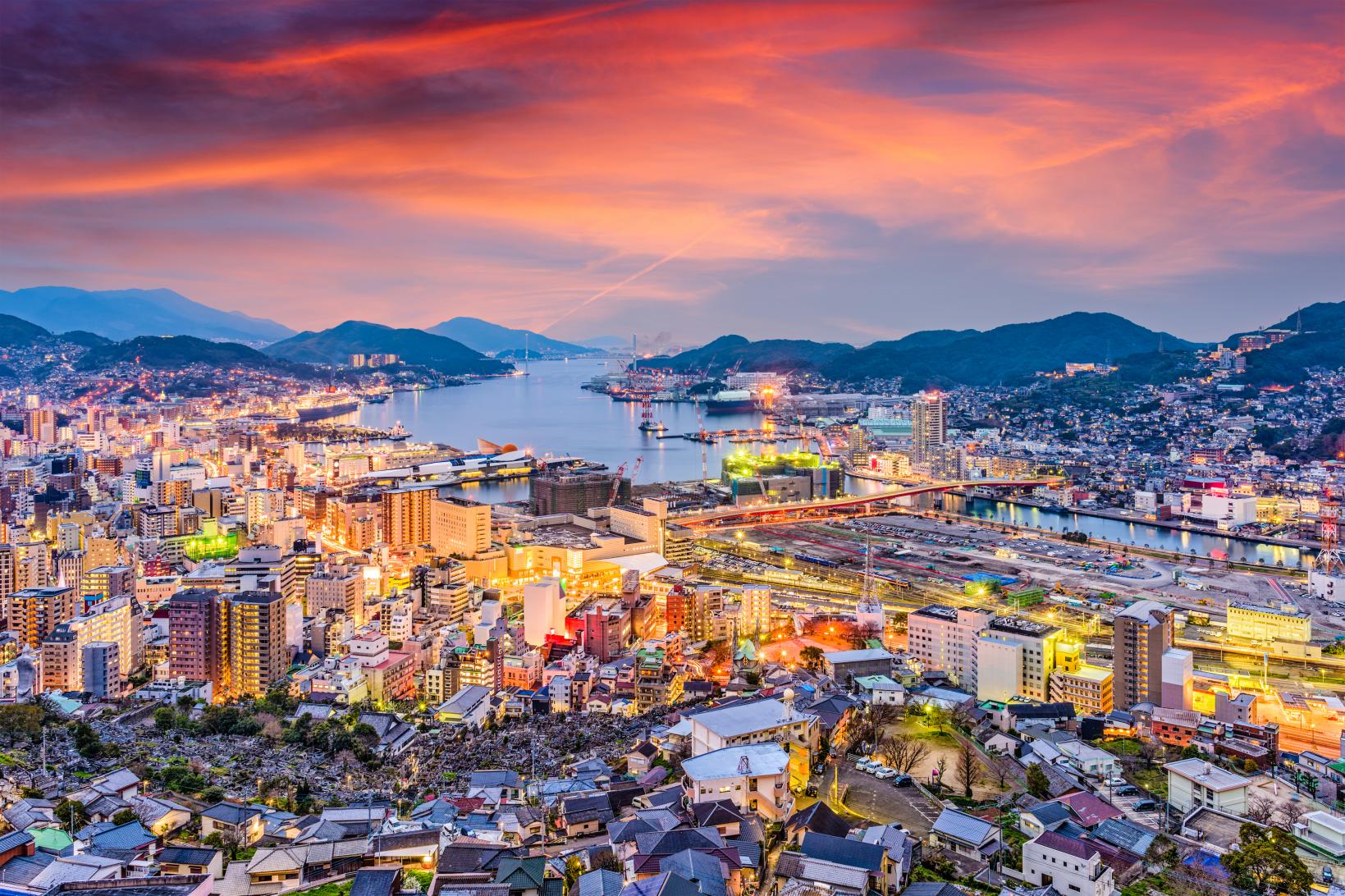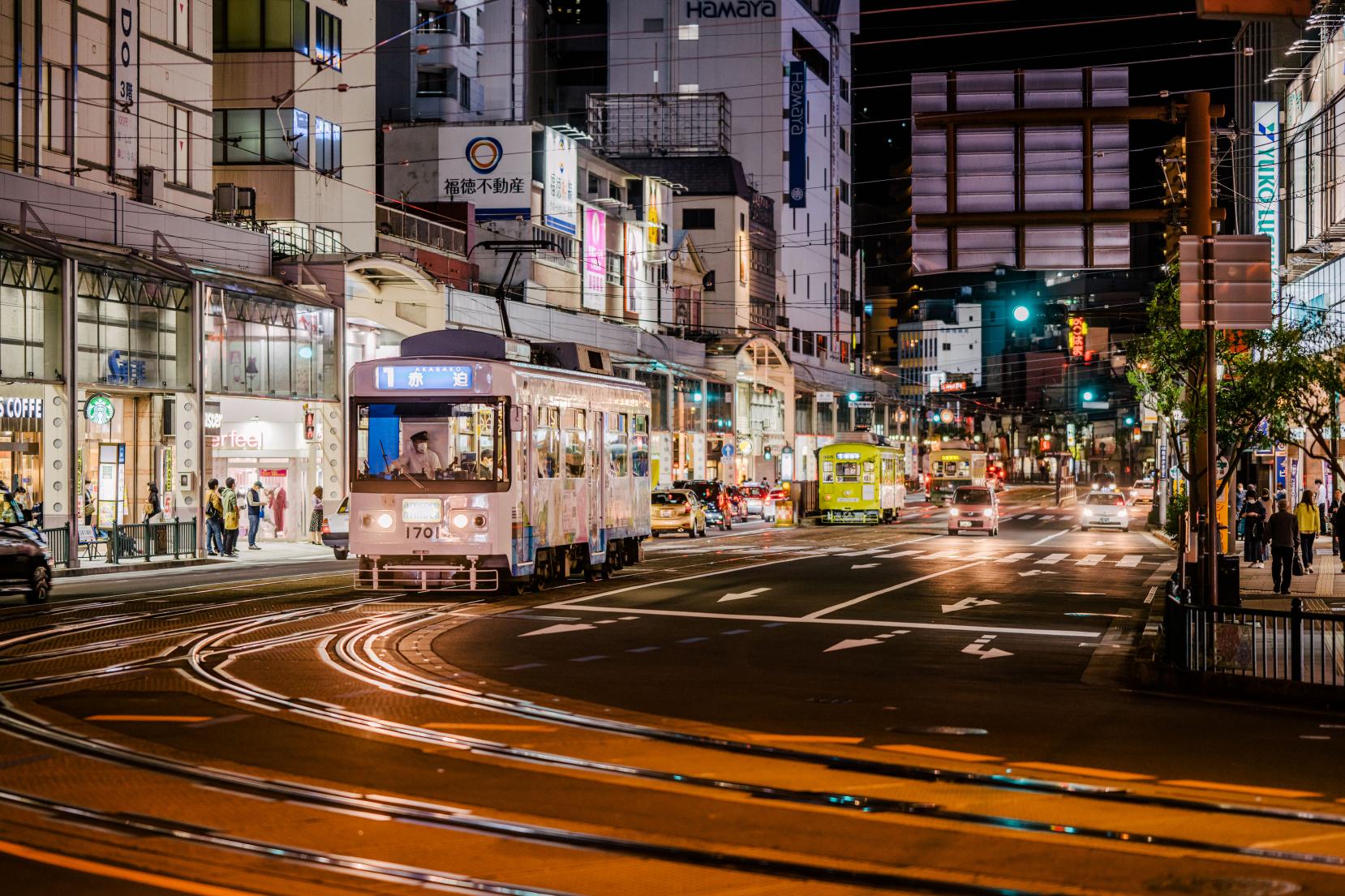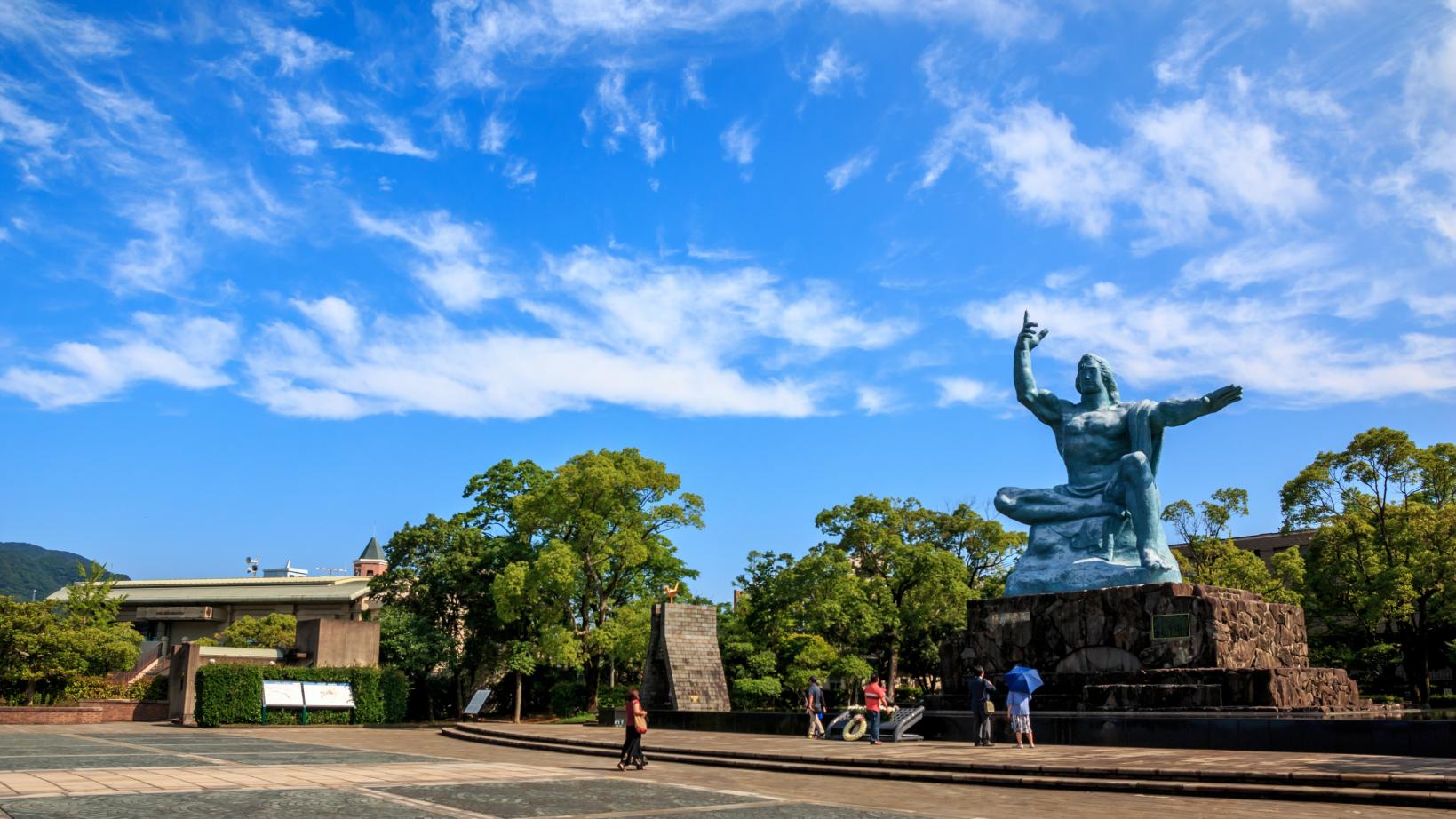Mikawachi and Emukae
The towns of Mikawachi and Emukae are located on either side of Sasebo City. Both towns played an important role in the history of Kyushu. Mikawachi is well-known for its craftsmanship in the beautiful white porcelain called Mikawachi ware, which continues to be produced today. On the other hand, Emukae was known for its flourishing past during the Edo period, in which some of the buildings from that era are still preserved today, and some are even turned into a sake brewery. Both places can be visited within one day.
Mikawachi "An unknown and an amazing porcelain village"
If you want to know the art of porcelain-making, we recommend the Sasebo Historical Pottery Museum: this will let you perceive the many changes of style in Japanese pottery (with authentic pieces dated of from prehistoric period), but above all, we suggest that you to watch the video that explains in details about the process of making porcelain. Currently, there are no English subtitles available, but this does not mean that you won't be able to understand the very essence of the process itself. Nearby, the Mikawachi Ware Museum is the perfect place to see some exquisite porcelain produced in the past.
It was from the 17th century that the village of Mikawachi began to produce white porcelain, and rapidly, it found itself sponsored by the lords of Hirado. This allowed the village to obtain some high-quality materials while solely focusing on the creation of artwork, and leaving the financial worries aside. With this status, the name of "Hirado Porcelain" was given and they were exclusively used by the upper class. In the beginning, the prevailing style were "Karako" (patterns of Chinese children playing), which was a symbol of prosperity and of good fortune. As time goes by, this style was less and less produced for the benefit of using other techniques, which are now representative of Mikawachi Porcelain. Accompanied by a local guide, we discovered four different styles of Mikawachi ware: Chrysanthemum flower sculpture, drawings and cobalt blue coloring, porcelain called “eggshell”, and the ones made purely by hand. Although each type is different, we were conquered by their remarkable techniques and craftsmanship. Chrysanthemum flower sculpture (kiku-zaiku) is made by using a sharp bamboo tool with precise carving techniques to create each individual petal. They were so exquisite and seemingly realistic that it looked like real flowers were used on the porcelain.
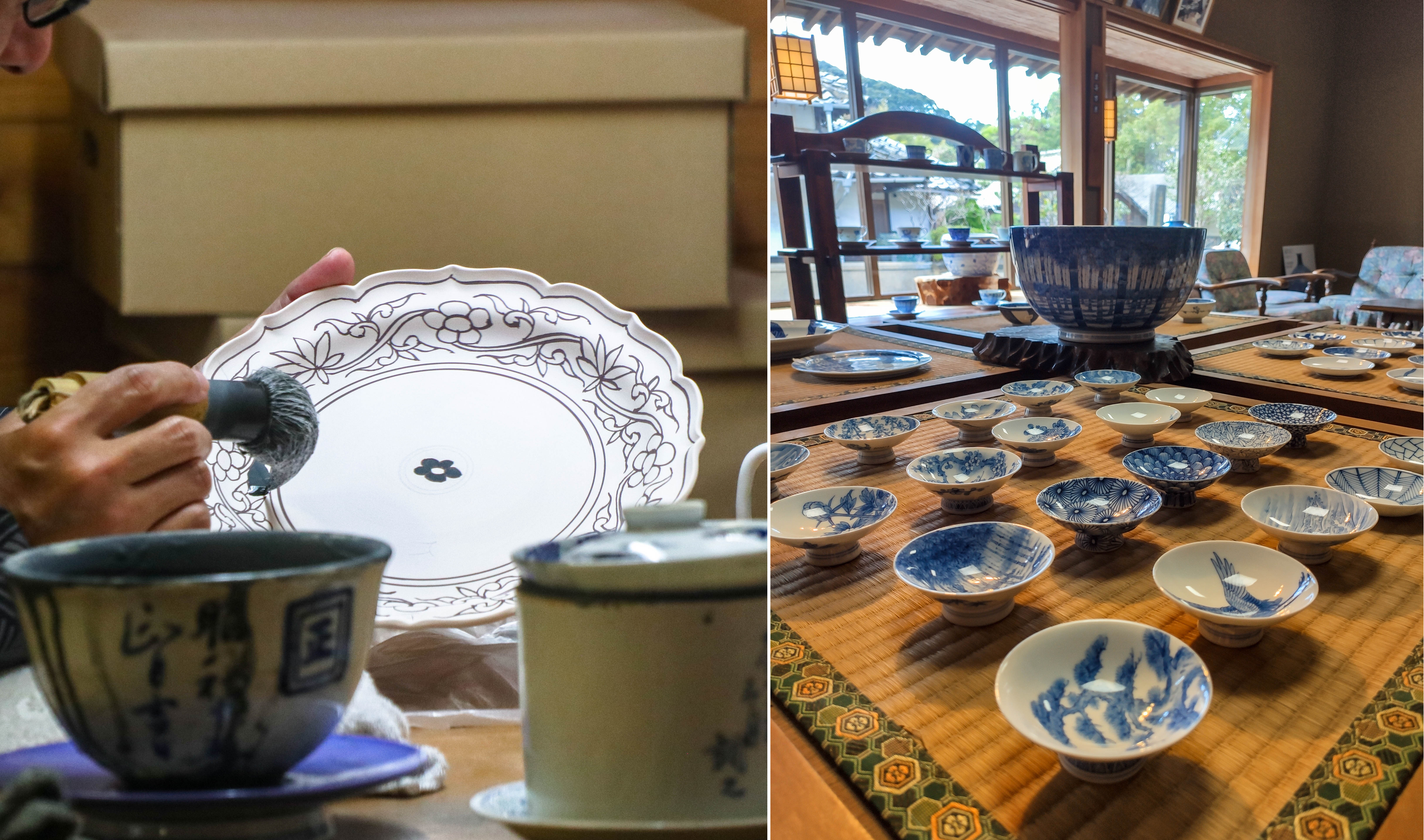
We were lucky to be able to see the second technique called sometsuke during our tour. The art of sometsuke is to color porcelain with blue ink using either thin or thick brushes. It requires a high degree of concentration as well as an exceptional level of steadiness to create such impressive craftsmen work. We could have stayed and watched the experts paint for ages as it was so incredible. The third technique is called Rankaku, referred to as the “eggshell” porcelain because of its translucency and their delicacy with a thickness of less than 1 mm! The craftsmen at the Gokogama store explained to us that the clay that was used was composed of very small and unsteady mixture. Therefore, it is more difficult to work with to form its shape. Finally, hineri-zaiku is the manual-shaping of porcelain that specializes in animal and plant designs, which seemed incredibly real. The pots are done with potter's wheel, but all the decorations are added and shaped by hand. We were captivated by some pieces such as the candy boxes adorned with splendid dragons or hydrangeas.
You can visit the village on your own, but we highly recommend a guided tour in order to have an instructive and immersive experience. At first sight, the quiet neighborhood seemed to be a village just like others. Yet, as we stroll along, we immediately saw tall red-brick chimneys from the kilns scattered throughout the small town. We encourage you to visit each place, as the porcelain is very unique to its own brand. This day-trip turned into a pleasant discovery of a treasure chest of pottery.
Emukae and its local historical heritage
SHARE
NEXT



